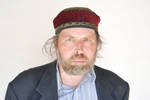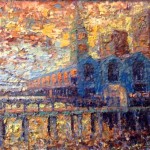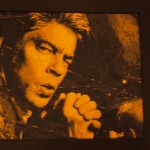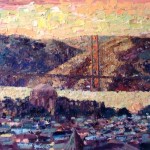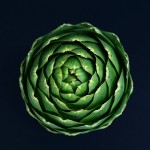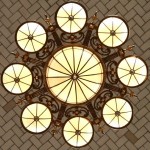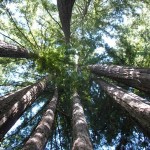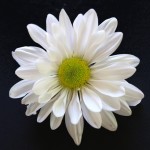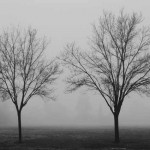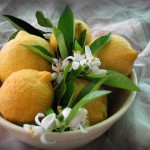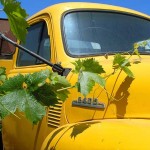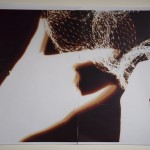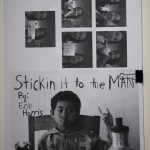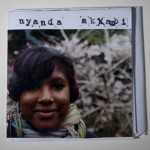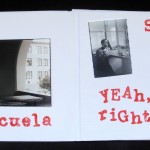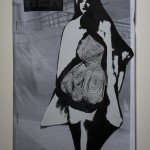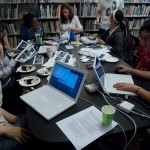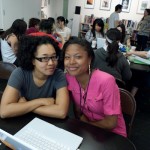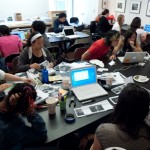Mummification in Buddhism
This paper is written about the obscure but very important practice of the mummification of lamas and other important monastic figures. The primary focus will be on the Tibetan and Mongolian traditions, but the similarity with other Buddhist traditions will also be examined. As there is very little information on the topic of Tibet itself the author has decided to extend his study to all Buddhist countries. It is interesting to note that this practice is common throughout Buddhism.
One of the most significant achievements is self-mummification. This practice is found not only in Tibet, but also throughout the Buddhist world. Mummification by others, typical of the Egyptians, will be also explored, along which natural mummification, where no mummy was intended.
You may find the rest of the article here: http://community.livejournal.com/chaos_zine/3169.html
The Batak of Sumatra
During the time I was working on the Encyclopedia of Hinduism I spent time writing about Indonesia. I had already researched Bali and had written about it. Accidentally I discovered the Wong Tenggar of Java. This was another leftover of the period when South-East Asia was Indian. I decided to discover other remains in the Island of Indonesia. Eventually I focused of Sumatra where I discovered the Batak. They were a sophisticated culture with a system of writing. They also turned out to be cannibals. The Indian influence on this people created a fusion between native culture and Hinduism. In fact, they were actually Hindus.
As to their eating habits, they were primarily agriculturalists. Rice and maize are the two primary crops grown. Taro, yams, and potatoes are also grown along with coffee and tobacco. Cattle and pigs are also raised, and they eat beef and pork, unlike Indians. Meat and fish are not regular staples of their diet. Frogs, mice, insect larvae, and ants are also known to be eaten. In fact the Batak diet is so unrestricted that ‘if it moves, they will eat it.’
Of course one thing that moves which is eaten is their neighbor. It is one of their most striking and notorious customs.
Find the rest of this article here: http://community.livejournal.com/chaos_zine/3337.html
Reuben Rutledge is a Ph.D. candidate at California’s Institute of Integral Studies and specializes in the anthropology and history of various Eastern cultures. He frequents the vibrant San Jose art scene and has spoken at the Kaleid Gallery downtown. He may be contacted at rutledreub@aol.com

